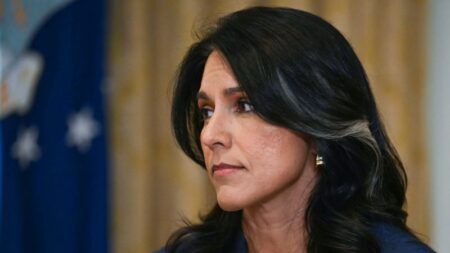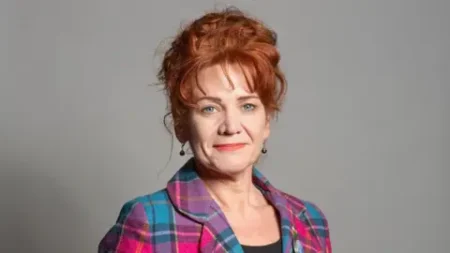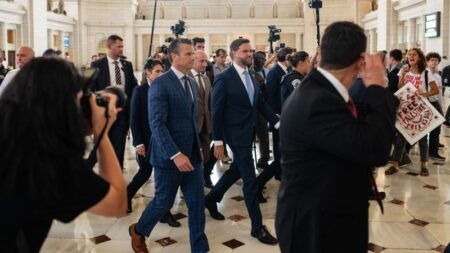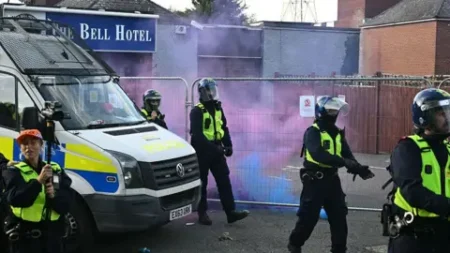In a recent development that has drawn significant attention and debate, Washington, DC Police Chief Pamela Smith approved an executive order that allows local police to share specific information with federal immigration enforcement agencies, notably the Immigration and Customs Enforcement (ICE). This decision comes in the context of President Donald Trump’s ongoing attempts to assert greater federal control over law enforcement in the nation’s capital and intensifies the crackdown on unauthorized immigration. The executive order was signed on a Thursday and marks a departure from the previous protocols regarding local and federal cooperation on immigration matters.
The newly signed order enables DC police officers to share information during traffic stops and assist federal law enforcement agencies in transporting personnel and detainees. However, it maintains certain prohibitions aimed at protecting the rights of individuals. Specifically, it prevents officers from accessing police databases solely to check immigration status, making inquiries about such status solely to determine if civil immigration laws have been violated, or arresting individuals based solely on federal immigration warrants. Additionally, the order stipulates that police officers cannot disclose information about individuals already in custody or allow ICE agents to question them.
A spokesperson for the DC police stated that while the executive order clarifies existing protocols, it does not change the fundamental policies or local laws that govern the conduct of the Metropolitan Police Department (MPD). This distinction is crucial, as it underscores an intent to comply with federal requests while still adhering to the guidelines established by the District’s laws and police code of conduct.
Amidst this development, DC Mayor Muriel Bowser’s office has chosen to remain silent, refraining from commenting on the police chief’s executive order. Mayor Bowser previously characterized Washington, DC as a sanctuary city but has since moderated her stance, especially in light of the pressures associated with a potential second Trump presidency. In a significant move earlier this year, Bowser suggested repealing local legislation that limits cooperation between the city’s Department of Corrections and federal immigration authorities, particularly in matters not supported by a judicial warrant or order.
Noteworthy is Trump’s response to the executive order, which he has hailed as “a great step.” When addressing inquiries about whether he would encourage similar actions from other cities to avert a federal takeover, the president expressed optimism that such measures might become commonplace across the country, emphasizing the need to combat crime.
The administration’s commitment to stricter immigration enforcement is further illustrated by statements from White House press secretary Karoline Leavitt, who reported that 29 undocumented immigrants were deported from DC just the night prior to these events. Furthermore, Secretary of Homeland Security Kristi Noem labeled the police chief’s authority expansion as “a game changer” while calling on leaders from other major cities, including New York City, Los Angeles, and Chicago, to follow suit in sharing information on individuals who may present a threat to public safety.
Despite the rhetoric surrounding crime control, current statistics indicate that violent crime in Washington, DC has seen a decrease over the past two years following a peak in 2023. This has fostered some skepticism regarding the motivations behind the federal initiatives, especially since President Trump has recently declared a crime emergency, leading to the deployment of additional federal law enforcement officers to the city. The moves point towards a continued federal strategy that seeks to capitalize on the perception of crime to justify a stronger presence in urban areas.
In summary, the intergovernmental dynamics between local DC authorities and federal immigration enforcement are undergoing significant changes, driven by possible political ramifications as the nation heads toward a new electoral cycle. The executive order represents an intersection of law enforcement, immigration policy, and city governance that will be closely scrutinized as it unfolds.











